又双叒叕种草了新家装风格?AI帮你家居换装
摘要:又双叒叕种草了家装新风格?想要尝试却又怕踩雷?如果能够轻松Get量身定制的家装风格图,那该多好啊。现在,这一切都成为了可能!
本文分享自华为云社区《又双叒叕种草了新家装风格?AI帮你家居换装!》,作者:Emma_Liu。
Control Stable Diffusion with M-LSD 修改建筑及家居装修风格
你是否曾经想过,如果能够轻松地看到自己家居的不同风格,该有多好呢?现在,这一切都变得可能了!
让你的眼睛仔细观察这些图片,你会发现它们展现了不同的风格和氛围,从现代简约到古典优雅,从温馨舒适到时尚前卫,应有尽有。但是,你知道吗?这些图片都是由AI生成的!
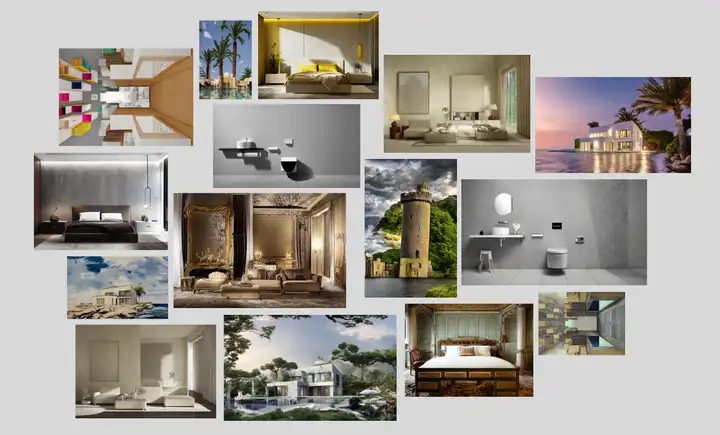
它们看起来非常逼真,仿佛是真实的照片一样。这就是人工智能的奇妙之处,让我们可以轻松地预览不同的家居风格,不必实际进行装修。让我们一起来感受AI技术的魅力吧!
装修风格参考

现代极简风卧室
图一是原图,我要基于图一的装修布局重新装修一下,图二是M-LSD线段检测器的输出图像,图三是加入prompt为:现代极简风卧室生成图像,图四再补充一些prompt:现代极简风卧室,床是黄色的,墙是浅咖色。不得不说效果真不错!

卫生间
图一这种简单布局的卫生间我很是喜欢,康康其他风格的侘寂风卫生间 - 图二、三

客厅
换装ing——奶油风客厅——无名(不填prompt也可以生成不错的图片,很多惊喜诶)

别墅
我已经在幻想住上大别墅了✨看看别墅的效果怎么样
浪漫的海边别墅、新中式别墅

我想尝试用建筑设计图来看看能不能生成…哇,绝绝子——简约风,现代风

其他建筑
建模图变——欧式建筑
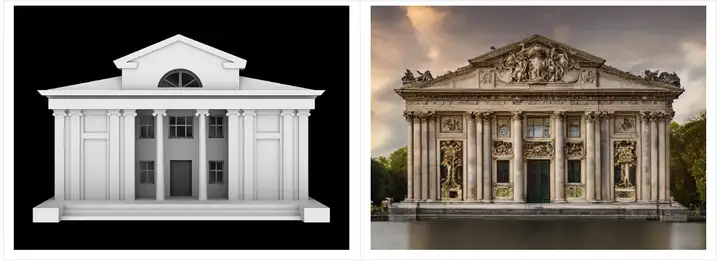
厂房变办公楼、大型超市、别墅(这样式的别墅)

好神奇,它是怎么做到的呢,来看看模型的介绍。
0.模型介绍
建筑的稳定扩散 | ControlNet模型-MLSD,随意创建建筑物、房间内部或外部以及独特的场景
ControlNet 最早是在L.Zhang等人的论文《Adding Conditional Control to Text-to-Image Diffusion Model》中提出的,目的是提高预训练的扩散模型的性能。它引入了一个框架,支持在扩散模型 (如 Stable Diffusion ) 上附加额外的多种空间语义条件来控制生成过程。为稳定扩散带来了前所未有的控制水平。
Mobile LSD (M-LSD): 《Towards Light-weight and Real-time Line Segment Detection》是用于资源受限环境的实时和轻量级线段检测器,M-LSD利用了极其高效的LSD体系结构和新的训练方案,包括SoL增强和几何学习方案。模型可以在GPU、CPU甚至移动设备上实时运行。
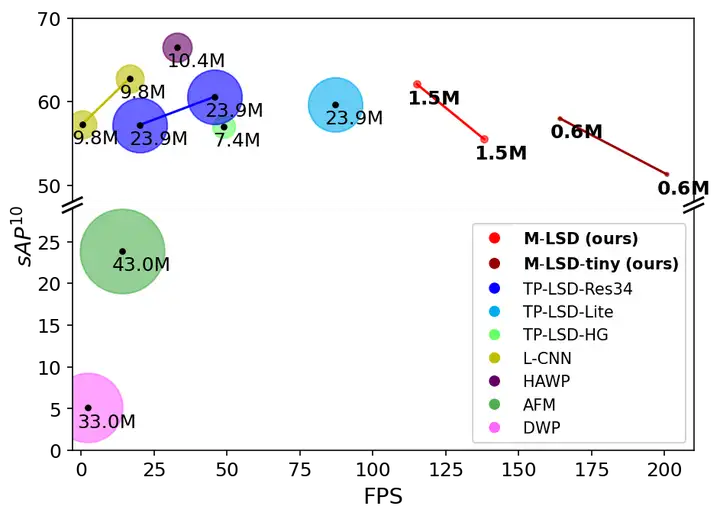
图1 GPU上M-LSD和现有LSD方法的比较
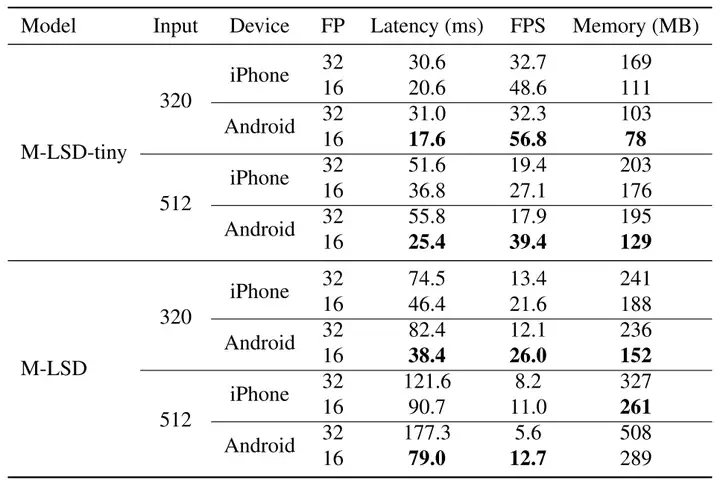
图2 移动设备上的推理速度和内存使用情况.
案例以分享至AI Gallery - AI建筑风格修改: ControlNet-MLSD,一起来运行代码,实现你的新装吧。
1.装包
!pip install transformers==4.29.0
!pip install diffusers==0.16.1
!pip install accelerate==0.17.1
!pip install gradio==3.32.0
!pip install translate==3.6.12.下载模型
使用mlsd, sd-controlnet-mlsd, stable-diffusion-v1-5预训练模型,为方便大家使用,已转存到华为云OBS中。
import os
import moxing as mox
pretrained_models = ['mlsd', 'sd-controlnet-mlsd', 'stable-diffusion-v1-5']
for pretrained_model in pretrained_models:
model_dir = os.path.join(os.getcwd(), pretrained_model)
if not os.path.exists(model_dir):
mox.file.copy_parallel(f'obs://modelarts-labs-bj4-v2/case_zoo/ControlNet/ControlNet_models/{pretrained_model}', model_dir)
if os.path.exists(model_dir):
print(f'{pretrained_model} download success')
else:
raise Exception(f'{pretrained_model} download Failed')
else:
print(f"{pretrained_model} already exists!")3.加载模型
import torch
from PIL import Image
from mlsd import MLSDdetector
from translate import Translator
from diffusers.utils import load_image
from diffusers import StableDiffusionControlNetPipeline, ControlNetModel, UniPCMultistepScheduler
mlsd = MLSDdetector()
controlnet = ControlNetModel.from_pretrained("sd-controlnet-mlsd", torch_dtype=torch.float16)
pipe = StableDiffusionControlNetPipeline.from_pretrained("stable-diffusion-v1-5", controlnet=controlnet, safety_checker=None, torch_dtype=torch.float16)
pipe.scheduler = UniPCMultistepScheduler.from_config(pipe.scheduler.config)
pipe.enable_model_cpu_offload()4.生成图像
首先,传入的图片会通过mlsd detector输出黑白线条图,然后基于此mlsd图像,通过controlnet和stable diffusion生成图像。
from PIL import Image
import matplotlib.pyplot as plt
import numpy as np
ori = Image.open("1920245540.jpg")
mlsd = MLSDdetector()
mlsd_img = mlsd(ori, thr_v=0.1, thr_d=0.1, detect_resolution=512, image_resolution=512, return_pil=True)
trans = Translator(from_lang="ZH",to_lang="EN-US")
prompt = "现代极简风卧室,床是黄色的,墙是浅咖色"
en_prompt = trans.translate(prompt)
gen_img = pipe(en_prompt, mlsd_img, num_inference_steps=20).images[0]
fig = plt.figure(figsize=(25, 10))
ax1 = fig.add_subplot(1, 3, 1)
plt.title('Orignial image', fontsize=16)
ax1.axis('off')
ax1.imshow(ori)
ax2 = fig.add_subplot(1, 3, 2)
plt.title('ML Detector image', fontsize=16)
ax2.axis('off')
ax2.imshow(mlsd_img)
ax3 = fig.add_subplot(1, 3, 3)
plt.title('Generate image', fontsize=16)
ax3.axis('off')
ax3.imshow(gen_img)
plt.show()5.Gradio可视化部署
Gradio应用启动后可在下方页面上传图片根据提示生成图像,您也可以分享public url在手机端,PC端进行访问生成图像。
参数说明
img_path:输入图像路径
prompt:提示词(建议填写)
n_prompt: 负面提示(可选)
num_inference_steps: 采样步数,一般15-30,值越大越精细,耗时越长
image_resolution: 对输入的图片进行最长边等比resize
detect_resolution:Hough Resolution,检测分辨率,值越小-线条越粗糙
value_threshold: Hough value threshold (MLSD),值越大-检测线条越多,越详细
distance_threshold: Hough distance threshold (MLSD),值越大-距离越远,检测到的线条越少
对比一下参数value_threshold,distance_threshold,当value_threshold值变大时,如图二所示,检测到的线段越少,获取到的信息也就越少,对控制生成后的图像来说,会缺失掉很多的细节;当distance_threshold值变大时,如图三所示,越远处的物体,提取到的线段越少,图像会更专注于前面的部分。这对于来调整生成的图像是一个很好的参考。

thr_v=0.1, thr_d=0.1
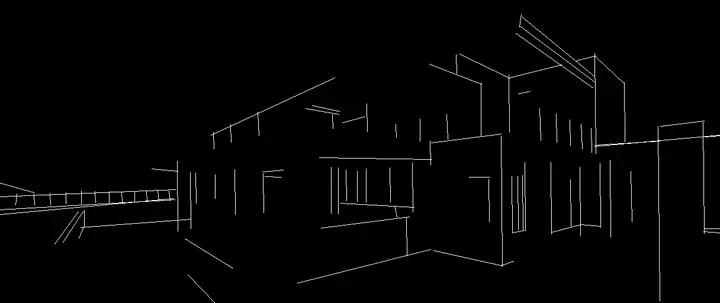
thr_v=0.5, thr_d=0.1
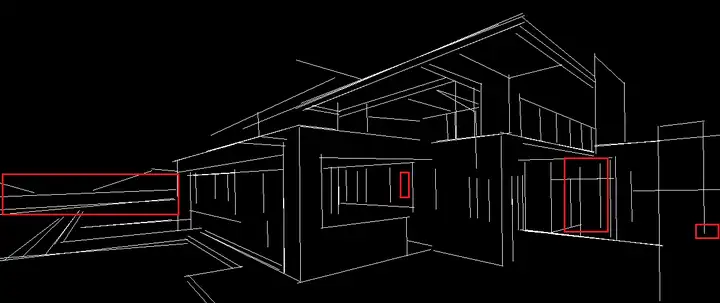
thr_v=0.1, thr_d=20
import gradio as gr
def mlsd(img, prompt, num_inference_steps, thr_v, thr_d, n_prompt, detect_resolution, image_resolution):
trans = Translator(from_lang="ZH",to_lang="EN-US")
prompt = trans.translate(prompt)
n_prompt = trans.translate(n_prompt)
mlsd = MLSDdetector()
mlsd_img = mlsd(img, thr_v=0.1, thr_d=0.1, detect_resolution=512, image_resolution=512, return_pil=True)
gen_img = pipe(prompt, mlsd_img, num_inference_steps=20, negative_prompt=n_prompt).images[0]
result = [mlsd_img, gen_img]
return result
block = gr.Blocks().queue()
with block:
with gr.Row():
gr.Markdown("## Control Stable Diffusion with MLSD")
with gr.Row():
with gr.Column():
input_image = gr.Image(source='upload', type="numpy")
prompt = gr.Textbox(label="描述")
run_button = gr.Button(label="Run")
with gr.Accordion("高级选项", open=False):
num_inference_steps = gr.Slider(label="图像生成步数", minimum=1, maximum=100, value=20, step=1)
value_threshold = gr.Slider(label="Hough value threshold (MLSD)", minimum=0.01, maximum=2.0, value=0.1, step=0.01)
distance_threshold = gr.Slider(label="Hough distance threshold (MLSD)", minimum=0.01, maximum=20.0, value=0.1, step=0.01)
n_prompt = gr.Textbox(label="否定提示",
value='lowres, extra digit, fewer digits, cropped, worst quality, low quality')
detect_resolution = gr.Slider(label="Hough Resolution", minimum=128, maximum=1024, value=512, step=1)
image_resolution = gr.Slider(label="Image Resolution", minimum=256, maximum=768, value=512, step=64)
with gr.Column():
result_gallery = gr.Gallery(label='Output', show_label=False, elem_id="gallery").style(columns=2, height='auto')
ips = [input_image, prompt, num_inference_steps, value_threshold, distance_threshold, n_prompt, detect_resolution, image_resolution]
run_button.click(fn=mlsd, inputs=ips, outputs=[result_gallery])
block.launch(share=True)参考文献
- Paper: 《Adding Conditional Control to Text-to-Image Diffusion Model》
- Paper: 《Towards Light-weight and Real-time Line Segment Detection》
- Model:sd-controlnet-mlsd, stable-diffusion-v1-5
- 案例代码地址:AI Gallery - AI建筑风格修改: ControlNet-MLSD 免费体验
 关注公众号
关注公众号
低调大师中文资讯倾力打造互联网数据资讯、行业资源、电子商务、移动互联网、网络营销平台。
持续更新报道IT业界、互联网、市场资讯、驱动更新,是最及时权威的产业资讯及硬件资讯报道平台。
转载内容版权归作者及来源网站所有,本站原创内容转载请注明来源。
-
上一篇

2个场景实例讲解GaussDB(DWS)基表统计信息估算不准的处理方案
摘要:通过2个实例场景讲解GaussDB(DWS)运维解决方案。 本文分享自华为云社区《GaussDB(DWS)运维 -- 基表统计信息估算不准的常见场景及处理方案》,作者:譡里个檔。 场景1:基表过滤字段存在的隐式类型时,基表行数估算偏小 这种场景绝大部分场景DWS能够处理,但是如果隐式类型转后的结果与统计信息中的字段枚举值的表达式不一样,就会导致估算的严重偏差 原始SQL如下 SELECT * FROM dmgrpdi.dwl_inv_res_rpt_ci_grp_f WHERE period_id=202212 AND source_flag=1; 对应的执行计划 QUERY PLAN ------------------------------------------------------------------------------------------------------------------- id | operation | E-rows | E-memory | E-width | E-costs ----+---------------------...
-
下一篇

技术分享 | 如何编写同时兼容 Vue2 和 Vue3 的代码?
LigaAI 的评论编辑器、附件展示以及富文本编辑器都支持在 Vue2(Web)与 Vue3(VSCode、lDEA)中使用。这样不仅可以在不同 Vue 版本的工程中间共享代码,还能为后续升级 Vue3 减少一定阻碍。 那么,同时兼容 Vue2 与 Vue3 的代码该如何实现?业务实践中又有哪些代码精简和优化的小技巧?让我们先从兼容代码的工程化讲起。 1. 工程化:编写同时兼容 Vue2 与 Vue3 的代码 原理上,兼容工作由两部分完成: 编译阶段:负责根据使用的项目环境,自动选择使用 Vue2 或 Vue3 的 API。使用时,只需要从 Vue-Demi 里面 import 需要使用的 API,就会自动根据环境进行切换;可以分为在浏览器中运行(IIFE)和使用打包工具(cjs、umd、esm)两种情况。 运行阶段:转换 createElement 函数的参数,使 Vue2 与 Vue3 的参数格式一致。Vue2 和 Vue3 Composition API 的区别非常小,运行时 API 最大的区别在于 createElement 函数的参数格式不一致,Vue3 换成了 React ...
相关文章
文章评论
共有0条评论来说两句吧...



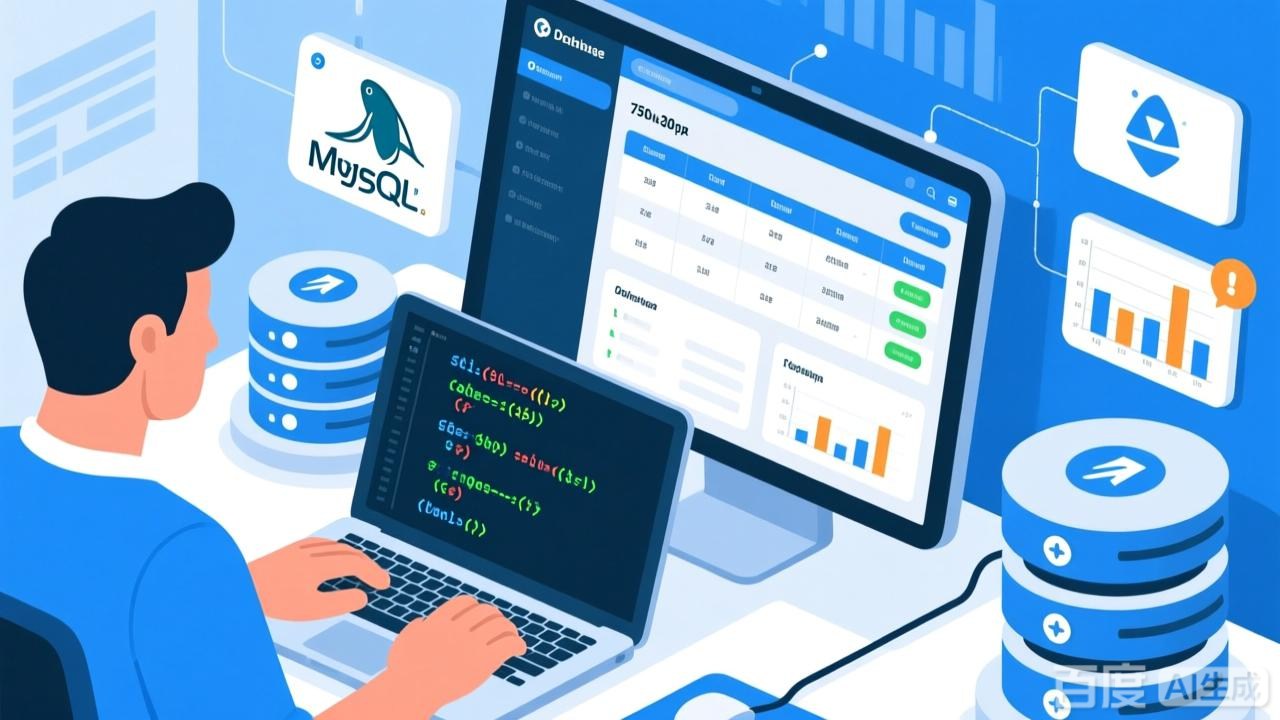

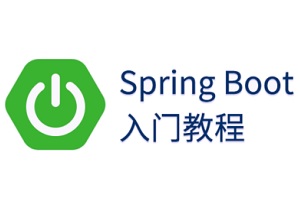
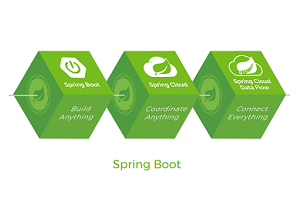
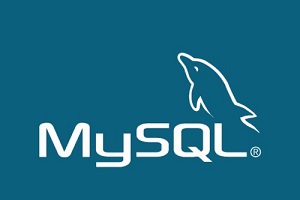

 微信收款码
微信收款码 支付宝收款码
支付宝收款码